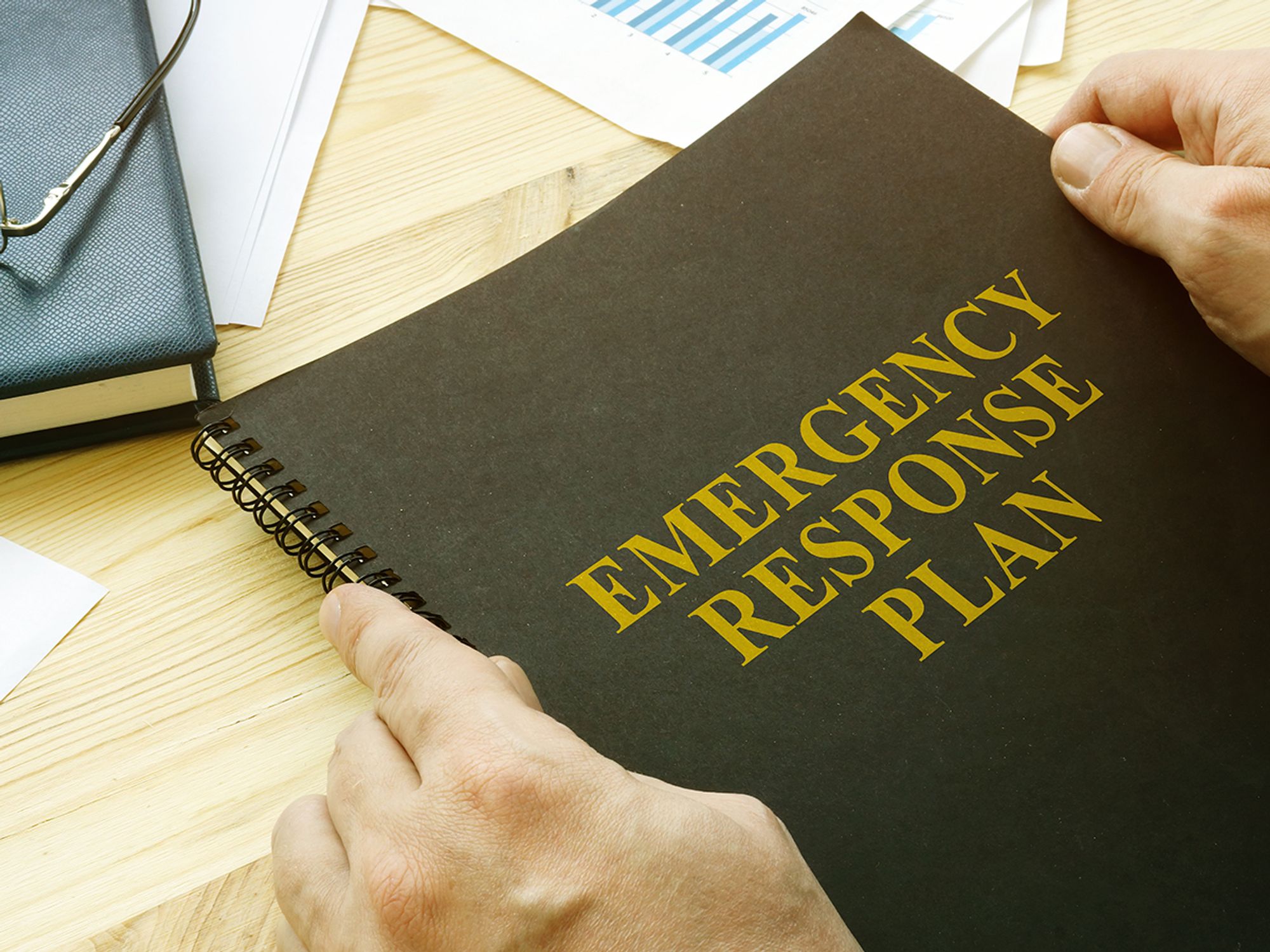Emergency response for uncontrolled hazardous waste sites

- HAZWOPER requires an emergency response plan from employers whose workers are expected to handle hazardous waste releases, and an emergency action plan if workers are expected to evacuate in the event of a release.
Because hazardous waste cleanup sites have the potential for chemical emergency situations, it’s important to plan and have procedures in place. Paragraph (l) of 29 CFR 1910.120 and 1926.65 goes over the requirements for emergency response involving the uncontrollable release of hazardous waste and other hazardous substances.
Proper emergency planning and response are important elements of the site-specific safety and health plan that help minimize employee exposure, illness, and injury. The employer must provide either an emergency response plan (ERP) or an emergency action plan (EAP) for the site, depending on what action employees are expected to take in an emergency.
Emergency response plan
The ERP provides guidance to employees so that quick, decisive action can be taken in the event of an emergency release. An emergency release is when the release of a hazardous substance cannot be absorbed, neutralized, or controlled at the time by trained employees in the immediate area or by maintenance personnel. Employees from outside the immediate release area or other designated responders are needed to handle the release.
This type of release is uncontrolled or likely to result in an uncontrolled release, and it poses a threat to site personnel, the environment, and possibly even the public, depending on the size and nature of the release.
When it comes to emergency situations involving hazardous substances, it is extremely important to have a plan. It’s also important that everyone involved be familiar with the plan and know exactly what their role is in the event of an emergency release. Seconds could make a huge difference in the outcome.
The Occupational Safety and Health Administration (OSHA) requires employers to put together an ERP if their own personnel will be handling the release. The plan must be in writing and include pre-planning for each of the following elements:
- Pre-emergency planning;
- Personnel roles, including lines of authority and communication;
- Emergency recognition and prevention;
- Safe distances and places of refuge;
- Site security and control;
- Evacuation routes and procedures;
- Decontamination procedures;
- Emergency medical treatment and first aid;
- Emergency alerting and response procedures;
- Critique of response and follow-up;
- Personal protective equipment (PPE) and emergency equipment;
- Site topography, layout, and prevailing weather conditions; and
- Procedures for reporting incidents to governmental agencies.
The ERP must be a separate section of the site safety and health plan. Hazardous waste cleanup sites are also required to ensure the ERP is compatible and integrated with local, state, and federal emergency and disaster plans; rehearsed regularly; reviewed periodically; and updated as necessary.
Emergency action plan
If an employer is not required to have responders onsite and wants to simply evacuate all personnel from the danger area during an emergency release situation, then an ERP is not required. Instead, an EAP is mandated. An EAP is initiated when:
All employees must evacuate from the danger area if an emergency release occurs, and
No site employees are permitted to assist in handling the release itself.
In this case, an outside contractor or local emergency personnel, such as the fire department, will handle the emergency release. Coordination with the outside entity is arranged prior to any emergency release.
If there are only 10 or fewer workers onsite, the employer may communicate the EAP with them orally. Otherwise, the plan must be in writing. The employer is required to review it with employees when they are initially hired and again if any changes are made to the plan or their responsibilities under the plan change.
Employers might think of the EAP as an evacuation plan. The elements of an EAP must include:
- Procedures for reporting a fire or other emergency, Evacuation routes and procedures,
- Procedures for critical operations,
- Procedures to account for all personnel after evacuation,
- Procedures for workers performing rescue or medical duties, and
- The name or job title of a person to contact for more information about the plan.
For more details about the EAP requirements, please refer to the Emergency planning subject.
